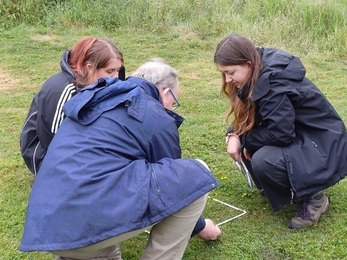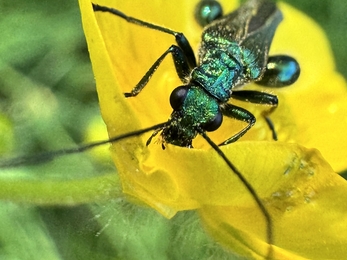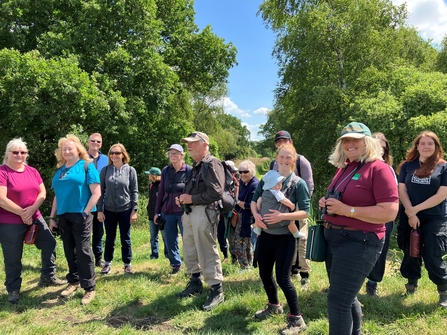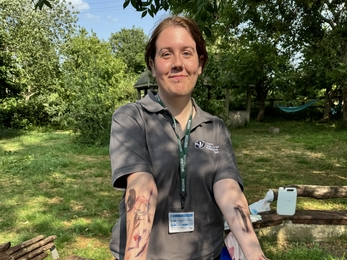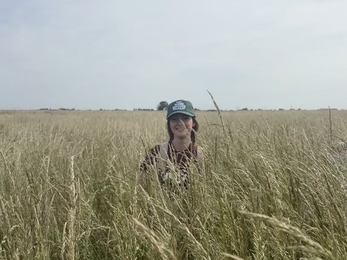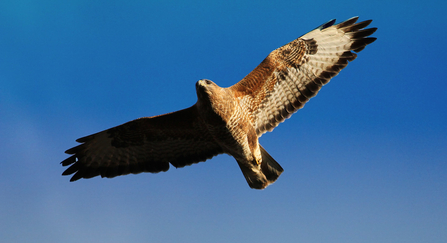In this blog, our three new Community and Education interns have completed their first couple of weeks on the Peatland Progress project, having an intensive tutorial on the policies and procedures of the Trust, the landscape we care for, the wildlife that relies on it and the communities that enjoy it. Let's see what some of their highlights were...
First Introductions
Kaitlyn
My first highlight actually came just before the internship even began, as we were invited to meet each other at an Ecology workshop with Brain Eversham. Even with a Zoology degree, I still learned lots of new information, such as that aphids are born pregnant! We even got out and about in the rain, trying some survey methods such as sweep netting, pond dipping, and using quadrats. I’ve only ever read about sweep netting while stuck in the library at university, so I was ecstatic to finally try it out (although I was a bit scared about spiders falling on my head while tapping the trees!). I discovered an ant damsel bug (Himacerus mirmicoides) that often lives with ants so has evolved to mimic them, and it was the first time that I've seen a swollen-thighed beetle, which I now see everywhere!

